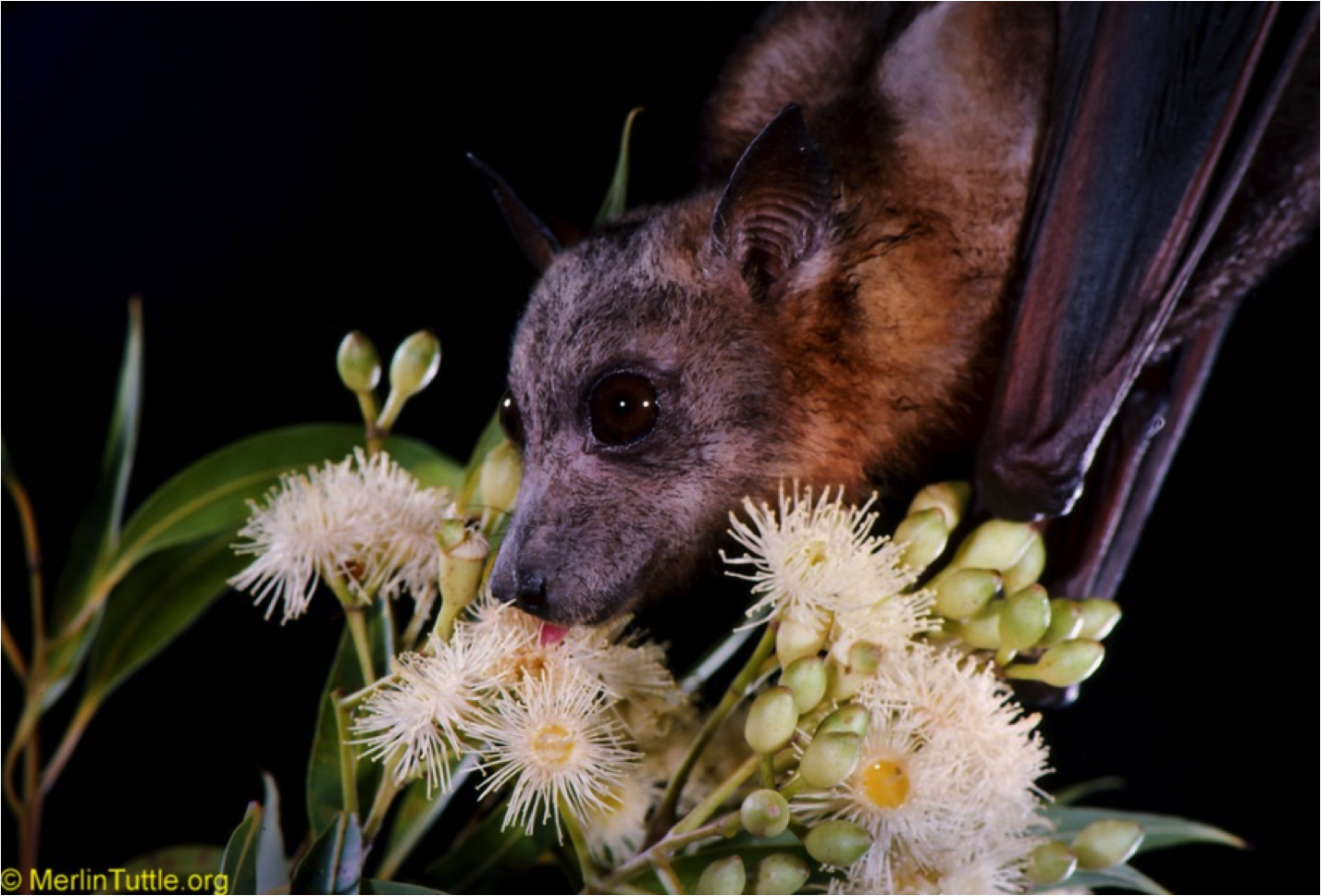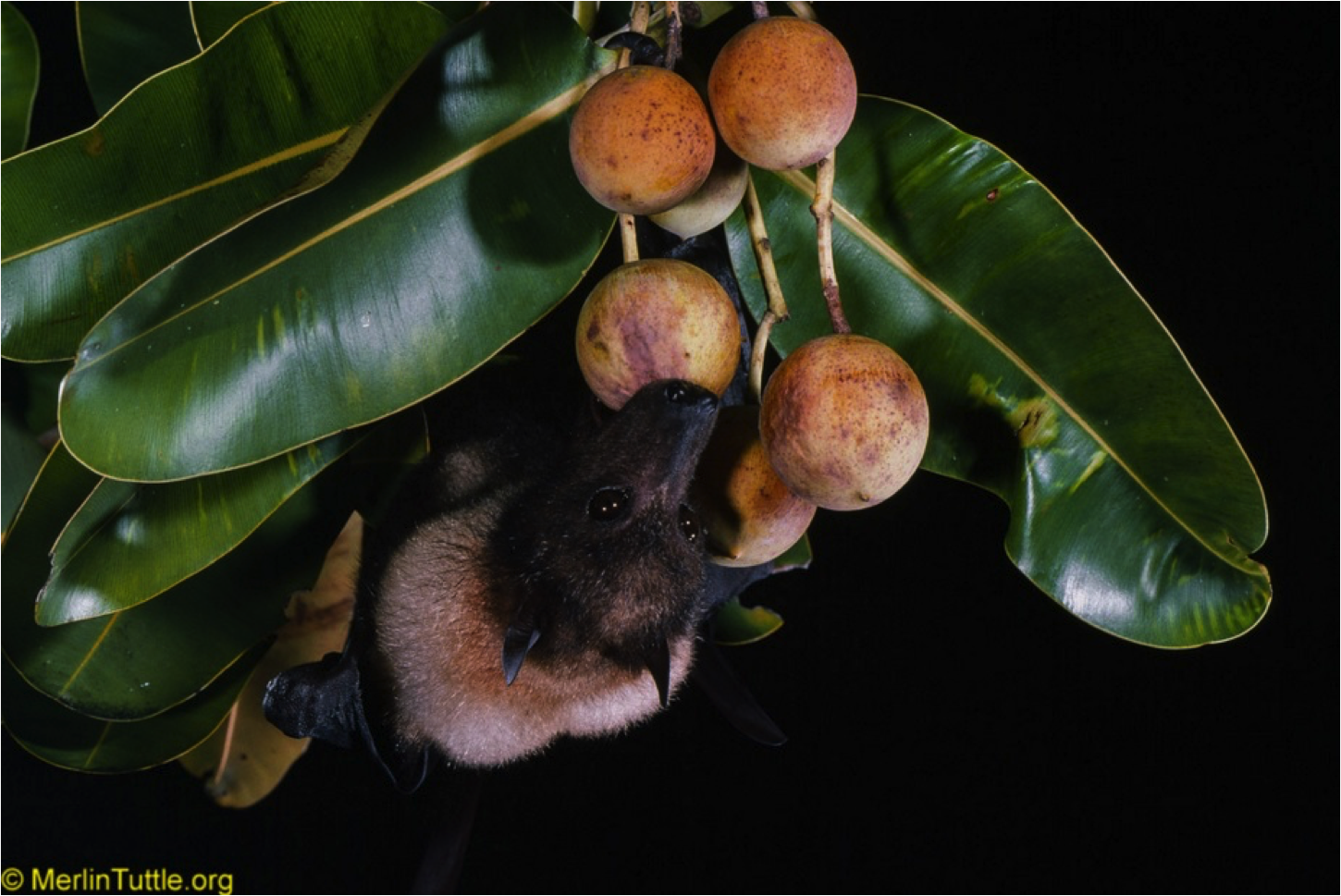|
Article on Flying foxes, plants and people by Dr Sheema Abdul Aziz, co-founder and President Rimba Principal Investigator, Project Pteropus.
By Elena Mei Yun |
||
 |
Attended a talk organised by Malaysian Culture Group entitled Flying foxes, plants and people by Dr Sheema Abdul Aziz, co-founder and President Rimba, and Principal Investigator of the organisation's Project Pteropus. It was an informative talk debunking a lot of myths about bats in general and getting to know better the flying foxes in Peninsular Malaysia. Flying foxes (otherwise known as Pteropus Acerodon) are giant fruit bats. In Bahasa Melayu, they are known as ‘Keluang’. |
|
|
They can be found in tropical and sub-tropical regions of Southeast Asia. There are two types of species of flying foxes, namely: 1. P.Vampyrus (Large flying fox); and 2. P.Hypomelanus (Island flying fox). Pteropus Vampyrus has a wing span of 1.5 m. and weighs 1kg whilst Pteropus Hypomelanus has a wingspan of 1 m. and weighs 425g. According to Dr Sheema, they play an important role to the ecosystem services. They play a dual role. Firstly, they pollinate fruit trees and provide ecosystem services. They pollinate between islands and across islands. It is found that they could travel up to 40 km in one night. They could live up to 15-20 years and if they live in captivity, they could live more than 20 years. Their predators are raptors - birds of prey. They feed on mangrove plants. The livelihood of flying foxes are increasingly being threatened by human hunting. People hunt flying foxes for food, medicinal values to remedy asthma and repository problems. They are listed under the Wildlife Protection Act 2010 as endangered animals. The Act does not provide full protection but limited protection. This enables hunting licenses to be acquired from the Wildlife Department. However, hunting is now banned in the states of Johor and Terengganu. Hunting of flying foxes was banned on 14 February 2012 in Terengganu. In Johor, it was announced a blanket ban on hunting flying foxes beginning next year.
|
||
 |
They were found to be noisy, smelly (because of their guano) and the flying foxes feed on the farmers' fruit orchards thereby destroying their fruit trees. Another question asked was whether flying foxes are important for the environment? 28% of villagers said yes and 38% said no. The attitude towards flying foxes as to whether should be killed is yes, they should be killed. | |
|
Dr Sheema collected the faeces (guano) from nineteen plant genera. They are ficus sp. mangifera indica, pollinated durian flowers found from bat faeces. To further study the flying foxes habitat, she installed camera traps. These camera traps function by heat and recorded some of the most interesting habitat of flying foxes as well as other animals such as flying lemur. Flying foxes feed on durian flowers and the pollen gets stuck on flying foxes’ fur thereby helping cross pollinate. Flying foxes do not like to share their durian flowers and do not eat the durian fruits. For future directions, Dr Sheema shared they are collaborating with Reefcheck, collaborating with the commercial fruit industry and mitigating Pulau Tioman conflicts. Due to climate change, over the years, they have found flying foxes dropping dead on the ground. The talk ended around 11.30 am with the floor opened for questions and answers. Some asked how many young flying foxes are produced each year, the answer was one young per year is produced by flying foxes. Breeding season is between March to April. Are flying foxes migratory? Flying foxes are found to move along landscapes. |
||
 |
They travel between North Peninsular Malaysia to Thailand and between Johor to Sumatra. By knowing these characteristics and habitat of flying foxes, it is hoped that Tourism at Tioman Island could be boosted to maintain and preserve the ecology in and around the Island. | |




